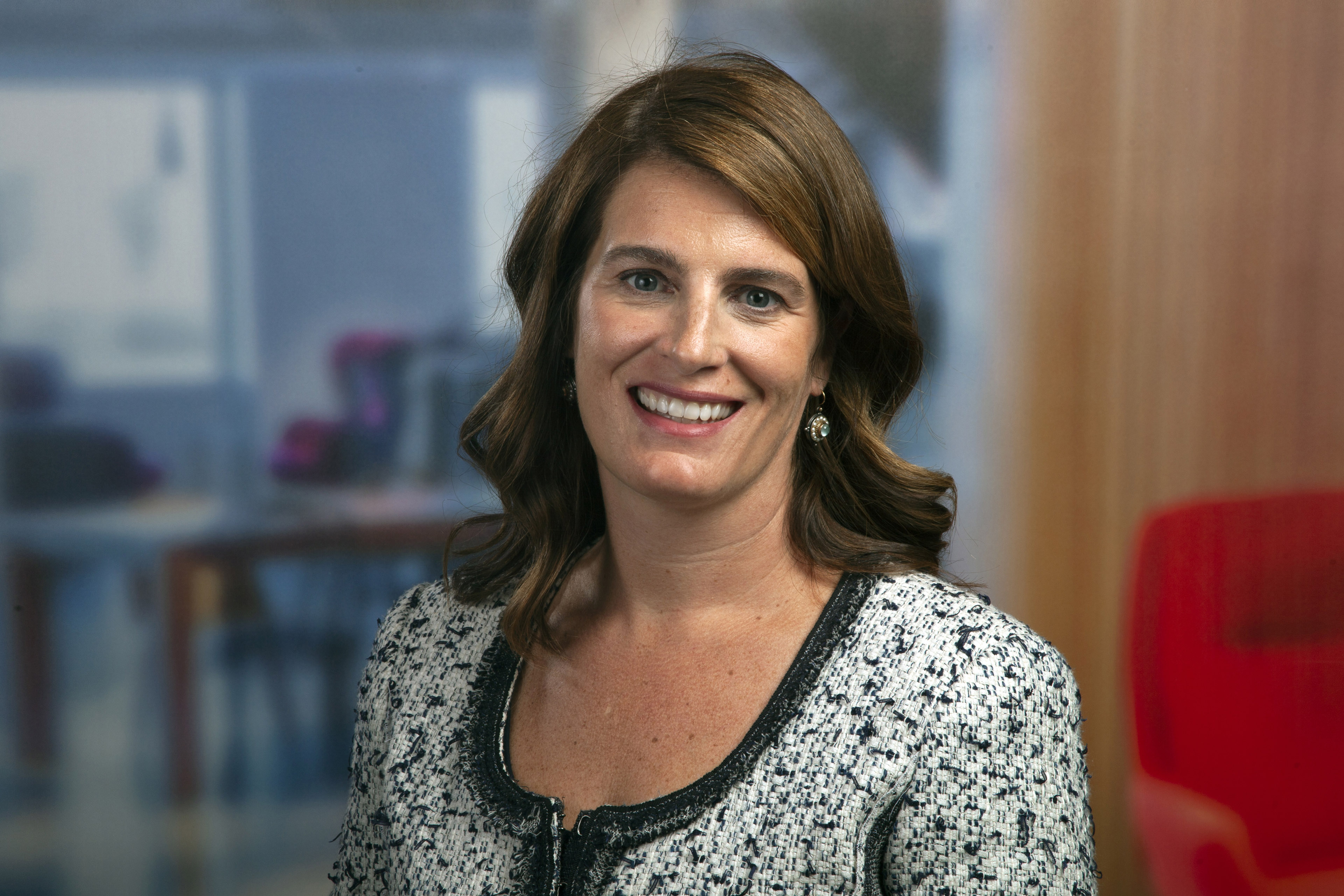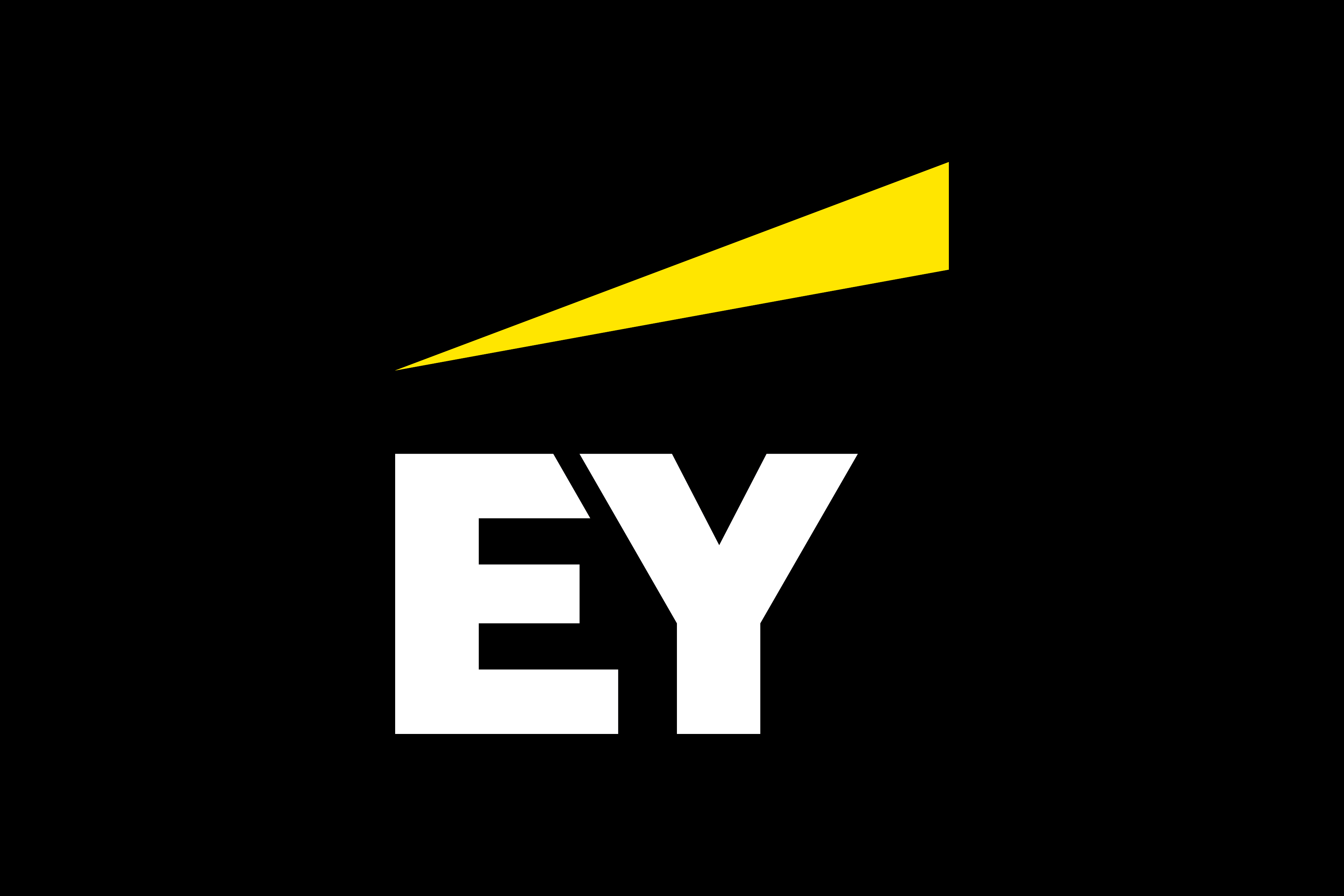EY refers to the global organization, and may refer to one or more, of the member firms of Ernst & Young Global Limited, each of which is a separate legal entity. Ernst & Young Global Limited, a UK company limited by guarantee, does not provide services to clients.

How can CFOs help their tax and finance teams manage a more complex and uncertain transfer pricing environment?
In brief
- EY transfer pricing survey finds CFOs are concerned about extensive legislative change, and shifts in supply chains and digital transformation.
- C-suite members are twice as likely as tax directors to believe meeting ESG objectives will affect transfer pricing.
- 79% of transfer pricing executives are concerned about an increase in tax audits compared to 49% of C-suite executives.
Three megatrends: global tax reform, widespread supply chain reconfiguration and digital transformation combine to drive a fourth: rising levels of transfer pricing controversy. The EY 2021 International Tax and Transfer Pricing Survey finds that compared to prior years, C-suite executives have an increased need to understand the degree of transfer pricing risk and their companies’ capacities for prevention and management. As a C-suite executive, a comprehensive approach to systematically handle tax authority inquiries is critical to efficient and effective transfer pricing controversy resolution .
Surveying 979 executives, including 150 C-suite members and 128 transfer pricing leaders, the survey’s key findings include:
- Extensive factors are driving uncertainty and change within transfer pricing – including global tax reform, supply chain reconfiguration and digital transformation.
- Forces point to an era of unprecedented tax controversy and risk – a set of conditions perceived more gravely by transfer pricing leaders than by the C-suite.
- Your global finance and tax teams are likely to experience a significant increase in government inquiries and other functions throughout your enterprise might also be called upon to provide access to their executives and additional data to tax authorities.
- As a C-suite executive, you may wish to encourage and enable the transfer pricing function to shift from a manual, detail-oriented and reactive footing to a much more technology-infused, agile, value-focused and strategic approach.
Massive and interconnected megatrends are running side-by-side
As a C-suite executive, you are likely familiar with the key engines of global tax reform including the Organisation for Economic Cooperation and Development (OECD) base erosion and profit shifting (BEPS) versions 1.0 and 2.0. These and related actions are grounded in harmonizing global tax practices, reducing tax-avoidance as well as revising tax codes in accordance with the rise of digital business models. Many jurisdictions also need to raise revenue as a result of the pandemic-related stimulus spending.
Overall, it leads to an unprecedented amount of change with more still to come. Here, 76% of C-suite executives and a comparable 72% of transfer pricing leaders say they are being challenged by the volume, pace and complexity of this first megatrend: global tax reform.
Similarly, nearly half of C-suite executives say they are seeing risk in the ways global supply chains are being altered. Driven by disruptions in world trade, port strikes, natural disasters and related events, such changes began to take place some five or six years prior. Changing interpretations of substance, nexus, permanent establishment and related concepts within global tax reform are also driving change. Here, transfer pricing leaders and C-suite executives agree, with nearly equal numbers citing this issue as a concern (47% and 46% respectively).
But it was the COVID-19 global pandemic, EY Operating Model Effectiveness Co-Leader for LATAM North Jose Carbajal explains, that along with other factors exponentially accelerated the urgency to review and restructure supply chains.“There is a dramatic push to move from rigid and linear, supply chains into more agile and resilient supply chain models that are closer to customers and efficiently use both data and technology,” he says.
Here, C-suite respondents in the survey express greater concern than transfer pricing leaders over related issues such as how new business/operating models will impact transfer pricing (59% versus 51%).
But thinking about the combination of supply chain shifts and tax reform, Robbert Kaufman, EY Americas Intercompany Effectiveness Leader, describes the change as “transformational, in a sense that it forces businesses to further and better align their operational footprint with their transfer pricing design and how overall profit is distributed across the supply chain.”
Digital transformation was well underway prior to the pandemic. But COVID-19 became an accelerant driving contactless commerce and remote working business models across nearly all global enterprises. Here, C-suite respondents express significantly greater concern relative to transfer pricing leaders. For example, 56% of the C-suite sees “work-from-anywhere” business models as having a significant impact on transfer pricing versus just 40% of transfer pricing leaders. Note that Pillar 2 of BEPS 2.0 is a large piece of the OECD’s response to the rise of digital commerce.
Then, in a standalone finding, C-suite members are more than twice as likely as transfer pricing leaders to view the rise of ESG-focused business shifts as having an impact on transfer pricing: 52% versus 24%.
Global tax risk and controversy are rising
A wave of new tax rules, greater transparency and visibility for tax authorities, a host of new business and supply chain models plus rising public budget deficits all contribute to what EY Global ITTS Controversy Leader Joel Cooper describes as a precursor for tax controversy. Cooper says he is already seeing a rise in the “volume and intensity of disputes” and believes this will only continue to increase.
Throughout the research into the state of controversy, we see the C-suite anticipating less risk than and expressing greater confidence regarding prevention and remedy relative to transfer pricing leaders.
For example, 79% of transfer pricing leaders see more audits incoming versus just 49% of C-suite executives – a 30-point gap in perception. Transfer pricing leaders are also significantly more likely to see local tax authorities interpreting tax rules in manner which might differ from with OECD guidelines: 49% versus 34% for a 15-point gap.
Slightly more transfer pricing leaders are anticipating closer scrutiny of documents – 54% versus 49%. Next, all anticipate an increase of multilateral or similarly value-chain focused audits, 49% for transfer pricing leaders and 48% for the C-suite.
In another area where there is a wide diverge in perception, 49% of C-suite executives believe their companies have a clear set of processes for responding to transfer pricing disputes versus just 25% of transfer pricing leaders (a 24-point gap). Similarly, 29% of the C-suites believe there are clear protocols in place to manage transfer pricing litigation versus just 13% of transfer pricing leaders (a 16-point gap).
There also appears to be a difference in perception regarding the tools available to help manage transfer pricing and related tax risks. Indeed, having a clear and properly informed approach for engaging in process such as Advance Pricing Agreements (APA), Mutual Agreement Procedures (MAP) and the International Compliance Assurance Program (ICAP) can drive significant value. But across the whole of this list of proactive agreements and relief valves, the C-suite expresses greater confidence than transfer pricing leaders (see table below).
Indeed, as Joel Cooper explains, amid so many changes in the global tax landscape, more companies should, and likely will be, pursuing more bilateral, and increasingly more multilateral APAs. MAP, ICAP, joint audits and even litigation will also feature more commonly as companies look for ways to reduce transfer pricing risks and manage the risk of double taxation. But at the same time, rising levels of complexity and controversy amid greater demand for such tools places greater constraints on the resources of local authorities. In short, the tools are of increasing greater potential value, but practically speaking, they may become harder to access.
The impacts extend beyond the tax department
The megatrends are placing greater demands on transfer pricing teams and tax departments. But as EY Global Transfer Pricing Market and Innovation Leader Ronald van den Brekel explains, it may not be the tax departments alone that must deal with enquiries.
For example, the nature of auditing by global tax authorities is shifting from a strict “rely on what the tax team is sharing to obtaining insight directly from additional sources.” In what he calls a shift to “show not tell,” van den Brekel says “tax authorities are saying, we’d like to hear it from the practitioners themselves rather than the tax team.”And so tax authorities are now seeking conversations with heads of marketing, manufacturing, logistics, finance and other functions.
Another new wrinkle in OECD guidelines reinforces the concept referred to as “options realistically available” (ORA). Essentially, in evaluating any transfer price, authorities are able to engage in a review of all other possible options. As van den Brekel explains, “with ORA, the OECD guidelines add subjectivity to traditional arm’s length evaluations.”
Responding requires technology
A more proactive transfer pricing function can help. Achieving this vision means the transfer pricing function needs to shift attention to issues that matter most – less focus on day-to-day operations and more focus on strategy and controversy. Getting it done, explains EY US Central Region Transfer Pricing Leader Rebecca Coke, “means making the most from technology.”
Unfortunately, the survey shows that when it comes to transfer pricing, companies are proving slow to align technologies to pain points. For example, 76% of transfer pricing leaders (73% of the C-suite) find their transfer pricing data collection process to be challenging, involving multiple IT systems, and 79% say such matters are riddled with quality issues (80% of the C-suite).
Coke says many tax departments are still relying on dozens, if not hundreds, of traditional spreadsheets and word processing files. Their work is manual, linear and iterative instead of realtime, proactive and strategic. What needs to happen, says Coke, is that businesses need to find ways to obtain the information they need automatically so they can focus on more value-added issues.
The watchword, says Coke, is acceleration. The C-suite needs to help their tax departments move faster and more efficiently through the embrace of technology. It begins with process redesign, streamlining and simplifying the work. Getting started, Coke explains, transfer pricing teams need to take steps such as building bridges to their ERP systems or alternatively, reconfiguring their ERP systems to generate transfer pricing reporting directly.
Amid process redesign, businesses should also evaluate co-sourcing and outsourcing. As Coke explains, “repetitive, low-value activities can often benefit from the sorts of scale economies introduced by a third-party provider – so this is something the C-suite should consider within a go-forward technology strategy.”
Summary
The EY International Tax and Transfer Pricing Survey found CFOs and C-suite executives generally share concerns about the impact of rapid legislative change, shifting supply chains and digital transformation. However, there are notable areas where the two groups diverge, including the impact of ESG commitments and the probability of an increase in tax audit activity related to transfer pricing. The C-suite needs to encourage its tax departments to meet coming challenges with transfer pricing head-on. That may mean co-sourcing some activities to better focus tax professionals on strategic activities.
Related articles
In today’s disruptive world, realizing your ambition and growing your business is an exciting challenge. EY has a long history of working alongside many of the world’s most ambitious CEOs, owners and entrepreneurs to support them to accelerate their journey to market leadership. Drawing on their successes, we have distilled these insights to create the EY 7 Drivers of Growth.
How tax is influencing the design of sustainable supply chains
Statutory tax penalties and incentives around sustainability and the environment are forcing a radical rethink of global supply chains.
Why five years of transforming tax and finance functions is paying off
New tax operating models in the last five years delivered value to businesses, EY survey shows. The next five years will add even more. Read more.
How EY can help
Transfer pricing planning and operating model effectiveness
Our tax team can help you develop an effective operating model and transfer pricing policies that help your business achieve its potential. Learn more.







